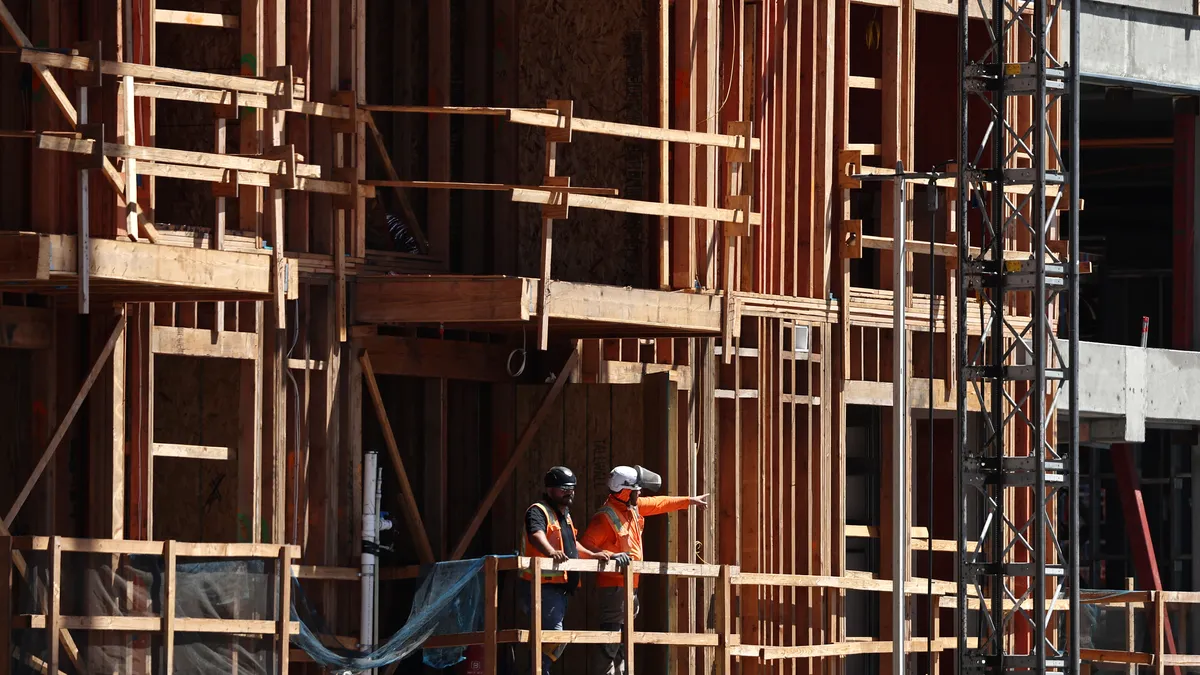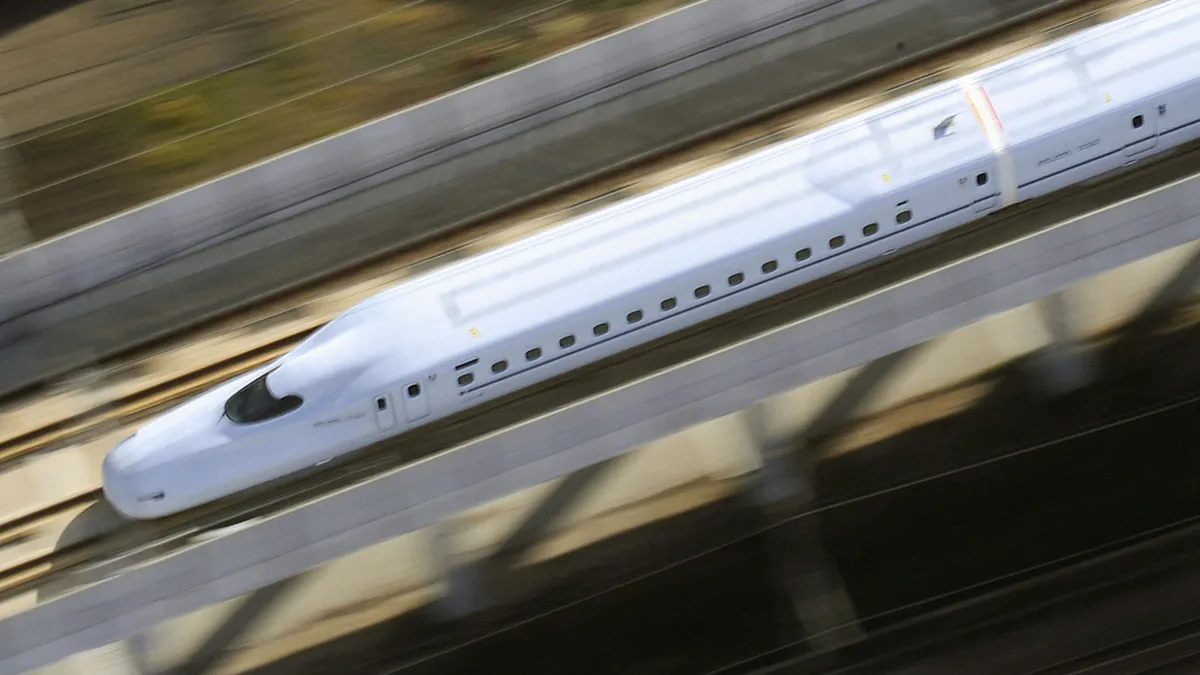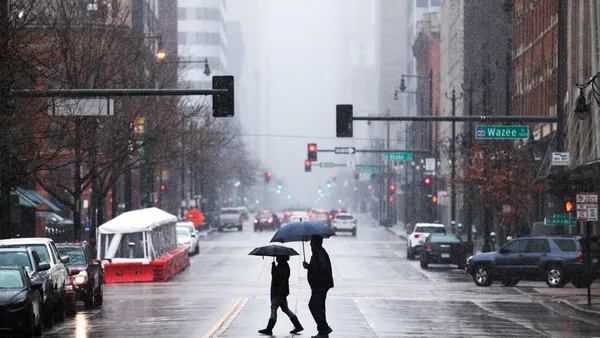Dive Brief:
- The American Society of Civil Engineers (ASCE) and the Global Covenant of Mayors for Climate and Energy announced a new coalition focused on advancing practical solutions for sustainable and resilient infrastructure in light of climate change. The coalition will work to break down barriers to action and close the resilience investment gap.
- The coalition has three key goals:
- Identify and prioritize gaps and barriers for creating and maintaining sustainable and resilient infrastructure.
- Cultivate untapped partnerships and investments.
- Identify practical action plans and resources for strategies that achieve short-term goals and long-term effects.
- The coalition has numerous activities planned for next year like recruiting additional infrastructure resilience partners, connecting city leaders with engineers and working to address resilient infrastructure financing gaps.
Dive Insight:
Engineers focus on building infrastructure that lasts at least 50 to 100 years, and new technologies, approaches and materials help to ensure the infrastructure is more sustainable as future plans are made, ASCE Executive Director Tom Smith told Smart Cities Dive via email. "Our future depends on resilient infrastructure," he said. "Engineers take their role of protecting the safety of the public seriously and are doing what we can to retrofit buildings to modern standards."
Climate change is gaining attention as an influential factor for infrastructure improvements, both for retrofits and new construction. A recent report from global design architecture firm Gensler listed climate change as one of the top five elements expected to force the most change in future cityscape design. As a result, cities will have to "aggressively" prepare and adapt.
Cities are making moves to increase the rate at which they build green and climate resilient infrastructure. New York City is doubling the size of its green infrastructure program by creating more than 5,000 curbside rain gardens to soak up stormwater and prevent flooding. The city also announced a $500 million resiliency plan to reinforce coastal areas, extend shorelines and improve flood protection in lower Manhattan.
Los Angeles proposed mandatory retrofits to make buildings more resilient to earthquakes. And San Francisco has been working on retrofits for buildings potentially at risk of collapsing during a major earthquake. Last year, the U.S. Geological Survey flagged nearly 40 buildings in San Francisco that could collapse in such an event.
ASCE has technical standards that make resilience a fundamental performance requirement. It encourages resilience to mitigate the effects of and improve warning systems for hazards. The new coalition's work toward practical infrastructure solutions could involve anticipating how infrastructure will withstand sea level rise or extreme weather.
Engineers need to anticipate and plan for different climate challenges in different portions of the country, Smith said. Coastal cities like Miami need to boost infrastructure for sea level rise whereas those on the West Coast are preparing for a major seismic event. Cairo, IL and Omaha, NE are among the Midwestern cities dealing with more frequent and severe flooding while cities like Phoenix and Atlanta are experiencing drought.
Equity is another resilience issue to consider. Low-income and communities of color frequently are cited as those hit first and most severely by the impacts of climate change.
"The issue of equity in infrastructure resiliency is an issue that every community is struggling with," Smith said. "We will communicate the urgency and benefit of action with the most vulnerable cities, but partnering with any and all cities ready to take action is our goal."











